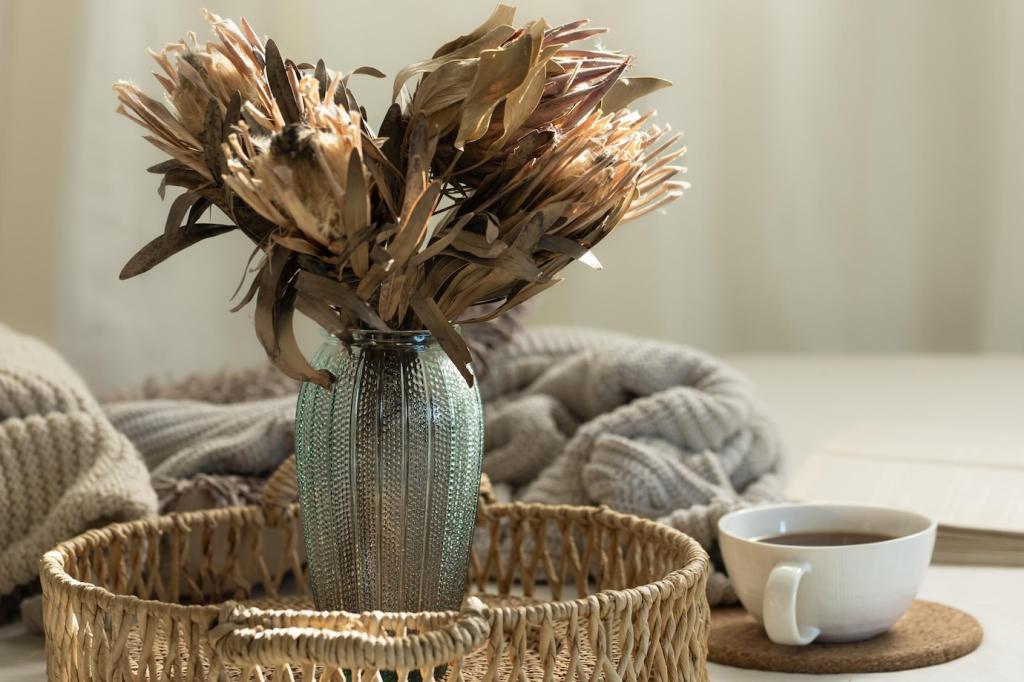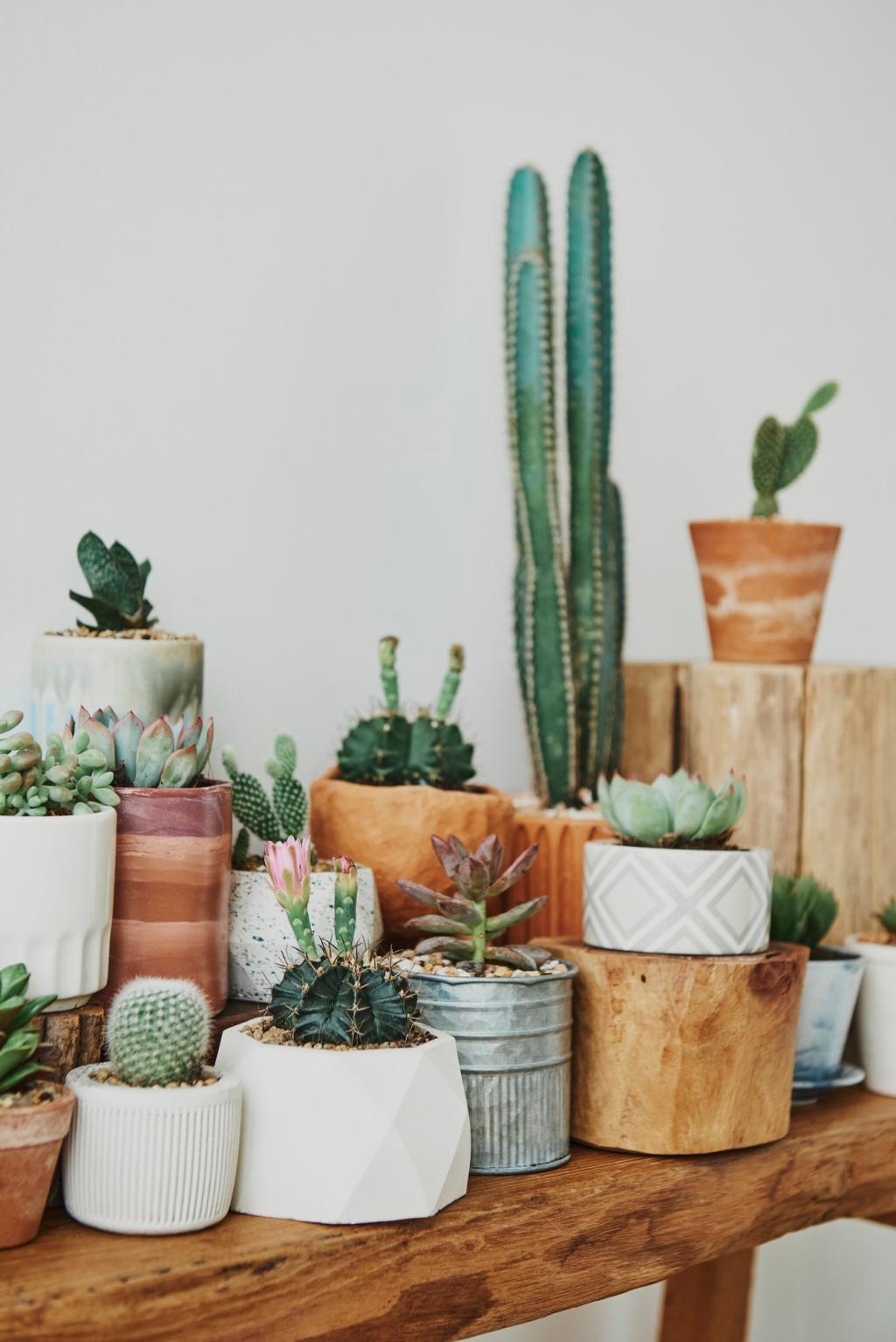
Creating a Sustainable Home with Natural Textiles
Welcome to a home page devoted entirely to Creating a Sustainable Home with Natural Textiles—where comfort meets conscience, and every fiber tells a better story for you and the planet.
Why Natural Textiles Change How Your Home Feels and Functions
Linen and hemp are celebrated for strong, long-lasting fibers and comparatively modest water or pesticide needs, while wool naturally insulates and resists odor. Organic cotton avoids synthetic pesticides, supporting healthier soils and farmers. Together, these materials create breathable, durable essentials that age gracefully and feel better against your skin every single day.
Room-by-Room: Transform Your Spaces with Natural Fabrics
Choose washable linen slipcovers for a relaxed, tailored look; add a heavyweight cotton or wool throw for layered comfort; and ground the space with a natural jute or sisal rug. These pieces age beautifully, invite barefoot lounging, and cut down on synthetic fibers. Post your before-and-after photos so our readers can cheer you on.
Care, Repair, and Circular Habits That Extend Lifespan
Gentle Washing Routines That Preserve Fibers
Wash cool, skip fabric softeners that coat fibers, and use mild detergents. Air-dry when possible to protect elasticity and reduce energy use. A garment bag helps catch lint and debris in mixed loads. Tell us your go-to care routine, and we’ll compile a reader-tested guide for long-lasting natural fabrics.
Repair Skills: From Invisible Mends to Bold Visible Mending
Darning a wool throw or patching a linen napkin adds character and reduces waste. Visible mending turns flaws into art, celebrating a lived-in aesthetic. Share photos of your mends—big or tiny—and we’ll spotlight creative techniques, stitch diagrams, and tools that help beginners gain confidence in just a weekend.
Smart Storage and Seasonal Rotation
Store wool with cedar blocks or lavender sachets to deter moths naturally. Keep linens in breathable cotton bags, not sealed plastic, to prevent musty smells. Seasonal rotation reduces wear and renews appreciation. Comment with your favorite storage hacks, and tell us which natural scent keeps your closet feeling fresh.
Palette Planning with Earth Tones and Soft Neutrals
Consider undyed flax linen, nut-brown wool, and herb greens for a grounded baseline. Layer in muted madder reds or indigo blues for depth. These hues are forgiving with wear and mix across rooms easily. Share your palette mood board, and we’ll suggest complementary textures for a cohesive, sustainable look.
Sunlight, Fading, and Placement Strategy
Natural dyes can mellow in strong sunlight. Rotate pillows and throws, add sheers to filter rays, and place treasured pieces away from direct windows. Document your space at different times of day to see how color shifts. Post your photos and we’ll help fine-tune placement for enduring vibrance.
Beginner-Friendly Botanical Dye Experiments
Avocado pits, onion skins, and black tea can tint napkins or runners beautifully. Start with cotton or linen, scour and mordant as instructions require, and keep notes on ratios. Share your dye journal, recipes, and triumphs so newcomers can learn from your experiments and celebrate sustainable color together.
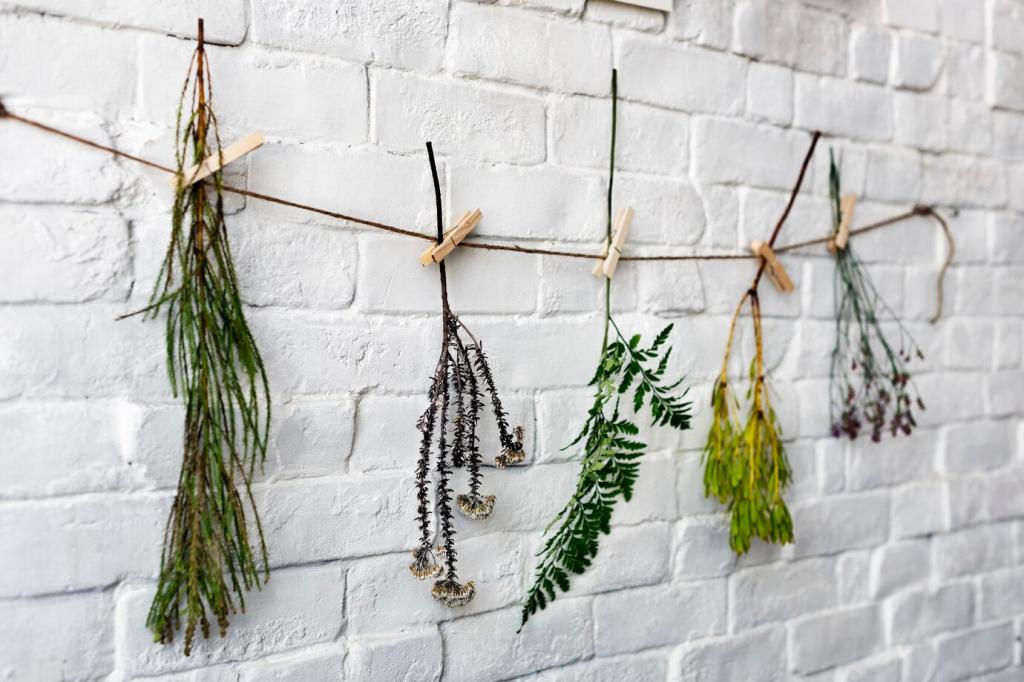
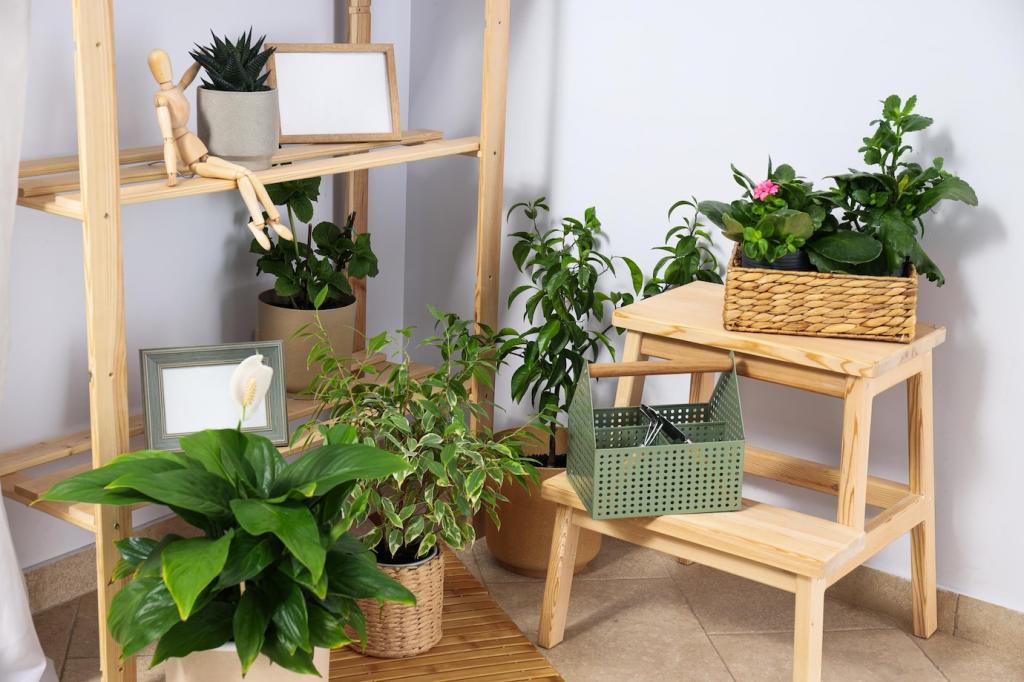

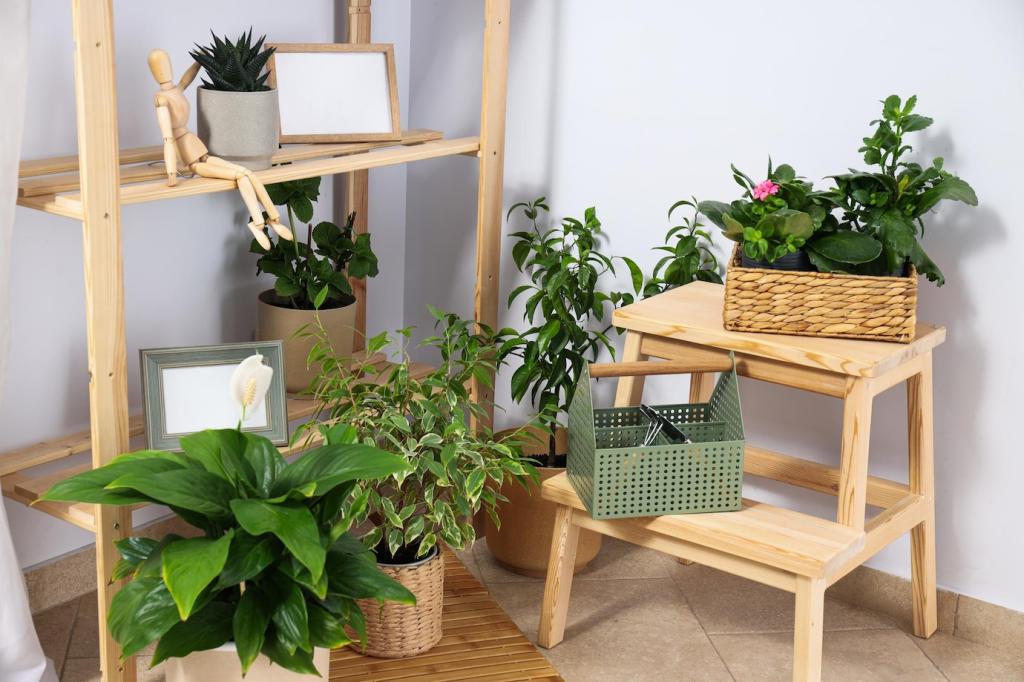
Weekend Projects: Simple Wins with Natural Textiles
Cut pre-washed linen to length, finish edges with an easy rolled hem, and hang using clip rings or a simple rod pocket. The fabric filters light softly, reducing glare while keeping spaces luminous. Share your window measurements and photos, and we’ll help troubleshoot tricky corners or irregular frames.
Weekend Projects: Simple Wins with Natural Textiles
Piece together linen or cotton remnants into a simple runner, then topstitch for strength. Add botanical-dyed patches for character. This project rescues scraps from the bin and tells a story at every meal. Post your color combinations and we’ll feature the most inventive scrap-saving designs.

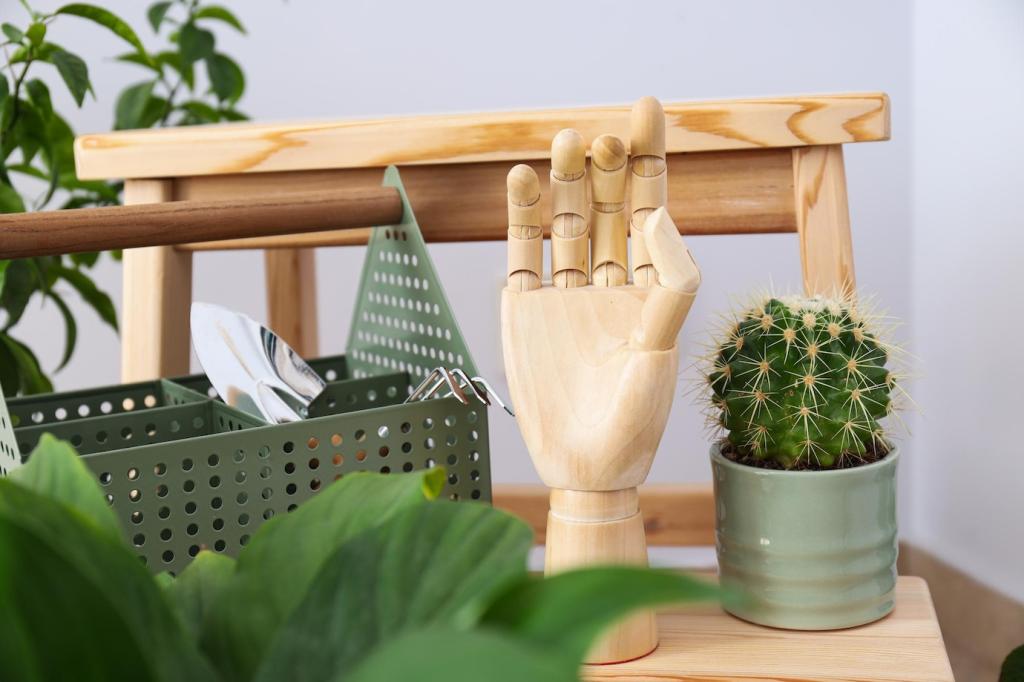
A Real-Home Story: From Clutter to Calm with Natural Fibers
The First Swap That Sparked Momentum
Maya replaced a peeling synthetic rug with a hand-braided jute runner. The living room instantly smelled fresher, and vacuuming felt easier—no mystery fibers shedding. That small victory fueled a weekend of edits, donations, and mindful buying. Share the single swap that unlocked change for you, big or small.
Measuring Progress Without Perfectionism
They tracked laundry energy use, repair rates, and the number of synthetic replacements avoided. Progress looked like fewer impulse buys and more intentional care. Imperfect efforts still mattered. Tell us your favorite metric—money saved, items mended, or microfibers avoided—and we’ll create a printable tracker for subscribers.
Keeping Community at the Center
Monthly craft nights turned mending into a social ritual. Neighbors traded fabric, shared dye vats, and tested wool detergent recipes. The home transformed alongside friendships. Join our comments and drop your location if you’d like a regional thread—let’s connect readers who want to learn and make together.
